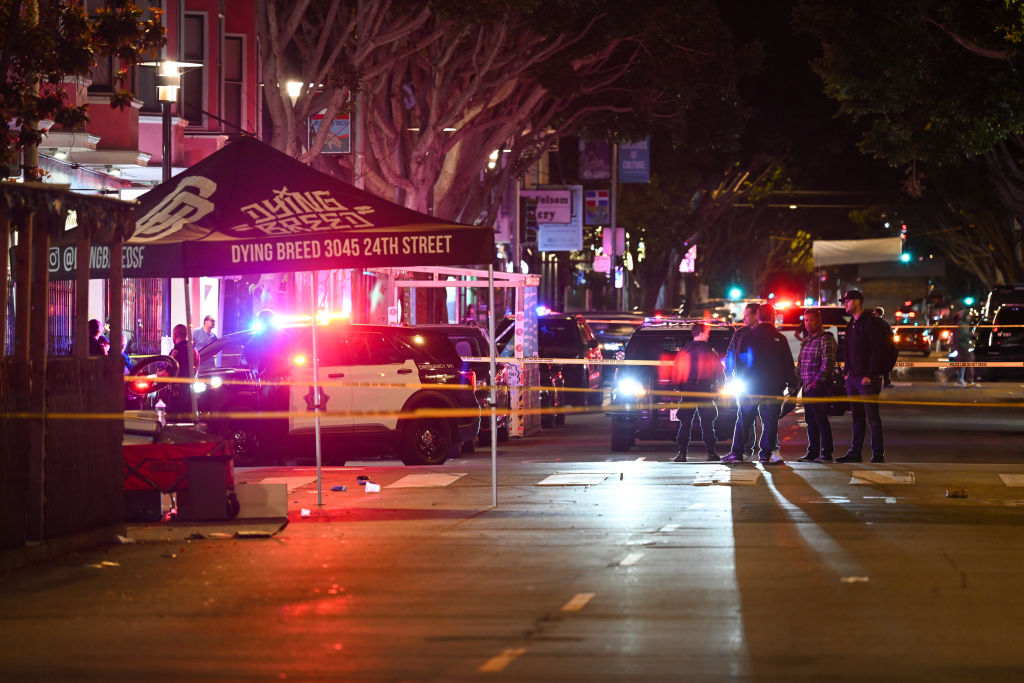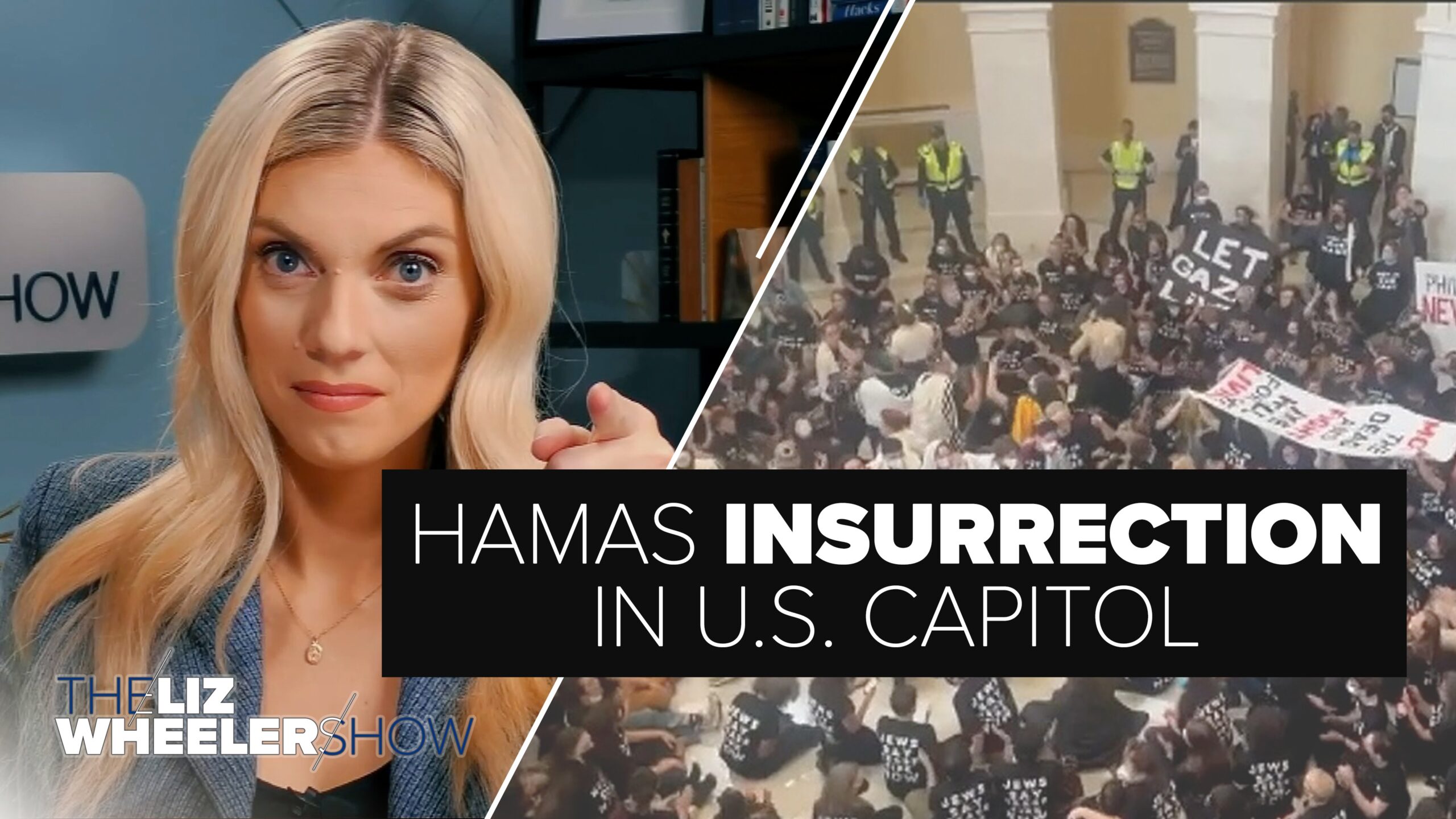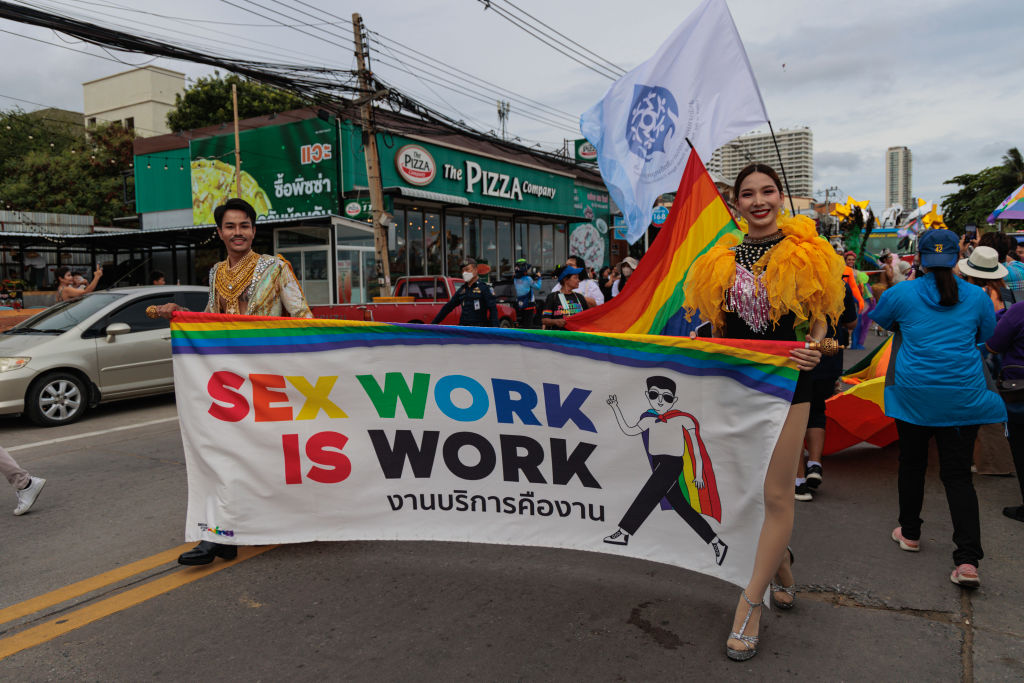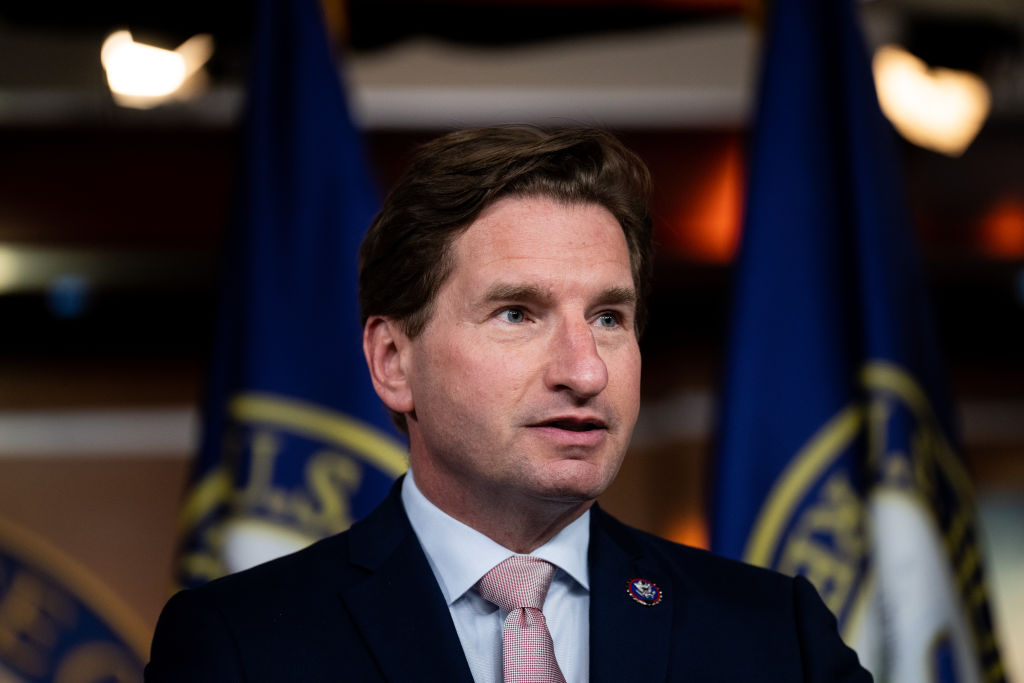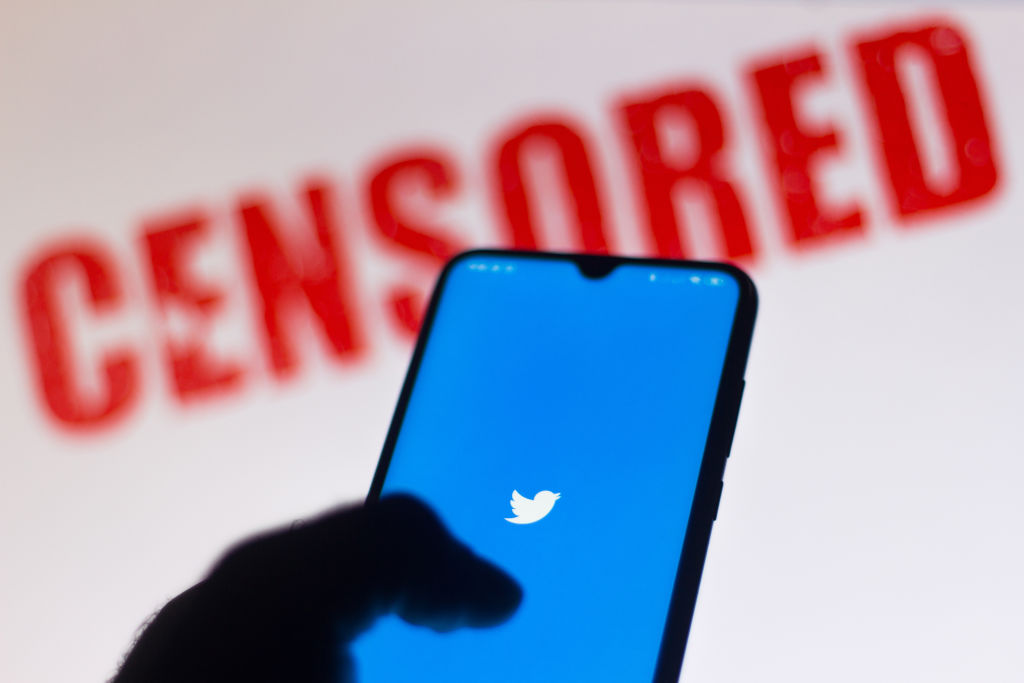As San Francisco continues to descend into utter lawlessness, government employees have been advised to indefinitely work from home and avoid public buildings.
For instance, the Nancy Pelosi Federal Building, a hub for the U.S. Department of Health and Human Services, has been flagged as a “no-go” for its employees. An investigative piece by a local ABC News affiliate depicted a scene where individuals openly use drugs in front of federal buildings and freely distribute drug paraphernalia.
Some federal employees in San Francisco have been told to work from home amid crime and drug use outside of their building. The area outside the federal building has been a hot spot for drug users and dealers who gather in plain site of security. https://t.co/JMPl5mxM4q pic.twitter.com/vP16gfYIkY
— ABC7 News (@abc7newsbayarea) August 15, 2023
One local stated, “They don’t care,” when asked about his brazen drug use outside a government facility. Another openly admitted to mixing fentanyl and crystal meth.
San Francisco’s lax attitude towards drug use, combined with its lack of stringent penalties for crimes, has the city ensnared in what experts label a “doom loop.” As described by The Wall Street Journal, a doom loop begins with a pivotal event impacting the city’s core industry, leading to a cascading sequence of falling tax revenues, deteriorating services, increasing disorder, and an exodus of residents.
Businesses in San Francisco are suffering too. Walgreens, for instance, has been closing stores in the city due to soaring thefts. Not just essentials, but luxury items like ice cream and pizza are being stolen, pushing some outlets to extreme measures such as chaining freezer sections.
An open letter by John Chachas, CEO of luxury retail store Gump’s, recently appeared in the Sunday Chronicle. Addressing officials including Gov. Gavin Newsom (D) and San Francisco Mayor London Breed (D), Chachas painted a grim image of a city under siege, stating the city’s troubles are only beginning to unravel and blaming “destructive San Francisco strategies.”
Chachas laments the “tyranny of the minority” and criticizes the city’s approach towards homelessness, illegal drug use, and public harassment. He concludes with a poignant note on the potential closure of his 166-year-old store.
OPEN LETTER from a San Francisco legacy business. This letter, a full-page newspaper ad published today. It summarizes what majority of residents lament. pic.twitter.com/2WlcSHTrxR
— Richie Greenberg (@greenbergnation) August 13, 2023
San Francisco’s woes stem not just from its streets but also from its leadership. Despite the city’s natural advantages, leaders seem to prioritize social justice over traditional justice, leading to ideologically skewed governance.
Moreover, San Francisco’s budgetary concerns continue to mount. The city is facing alarming shortfalls, jeopardizing its future. Yet the city council’s focus on controversial plans, like a $175 billion racial reparations scheme, raises concerns about its priorities.






